Tras los Muros 2019
Descrizione
Tras los Muros è opera dell'enologa Berta García e ha visto la luce con la vendemmia 2017, diventando finora l'ultima aggiunta al portfolio di Pazo de Señorans. Questo albariño ricco e complesso, grazie alla fermentazione e all'invecchiamento in botti di rovere, mostra uno stile che ricorda alcuni grandi bianchi di Borgogna. I più impazienti possono berlo già adesso, ma il suo invecchiamento promette sorprese. 
Dettagli del prodotto
Degustazione
Vigna e preparazione
Recensioni degli esperti
Tras Los Muros uses grapes from three parcels on the estate that are picked last but still retain lots of acidity. Fermented and aged in barrels, with lees stirring for added texture, this has subtle patisserie spice and lanolin aromas, plenty of grip and backbone and pithy lime and elderflower fruit. 2024-32.
I tasted again the 2019 Tras los Muros that last year I found quite oaky and creamy after it fermented and matured in 225-, 350- and 500-liter oak barrels for six months with bâtonnage. Time in bottle has done it good, and the oak shows a lot more integrated now, but of course, it has a different profile from the rest of the range; it has a deep golden color and now a much more developed nose with hints of honey and caramel. The acidity is pretty integrated too, and the wine feels harmonious and ready now. In fact, I wouldn't wait too long before pulling the cork. 2,750 bottles were produced. It was bottled in June 2020. (Luis Gutiérrez)
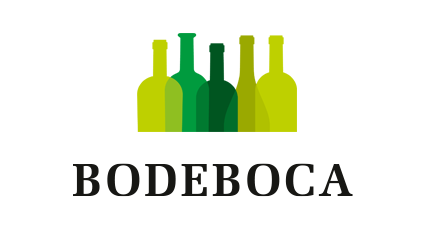




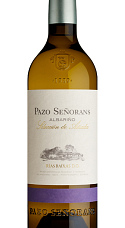


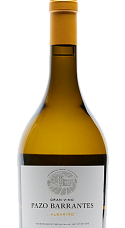

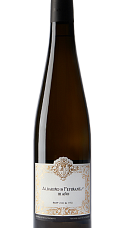
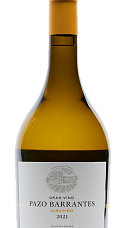


Annate: 2020 2019 2018 2017
Questa annata non è ancora stata recensita. Utilizza la navigazione qui sotto per vedere le recensioni delle annate precedenti.
Si tuviera que beber solamente un blanco toda mi vida sería este.
Questa annata non è ancora stata recensita. Utilizza la navigazione qui sotto per vedere le recensioni delle annate precedenti.
Lima,albaricoque,cítrico,balsámicos,barrica la justa(no molesta),amagor ajustado,perfecto para tomar ya,con rancho de rape y gamba.3,75☆